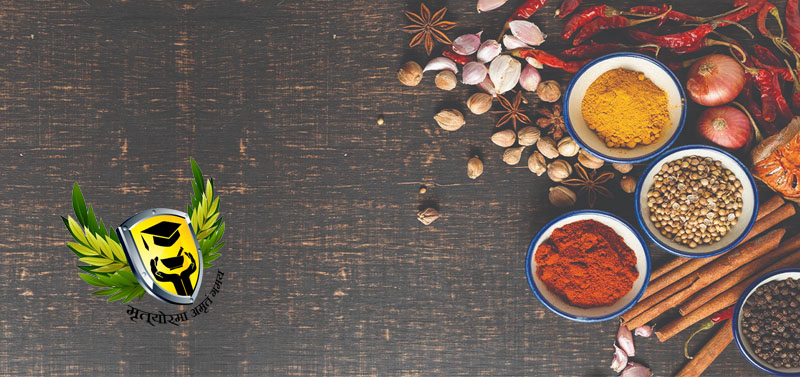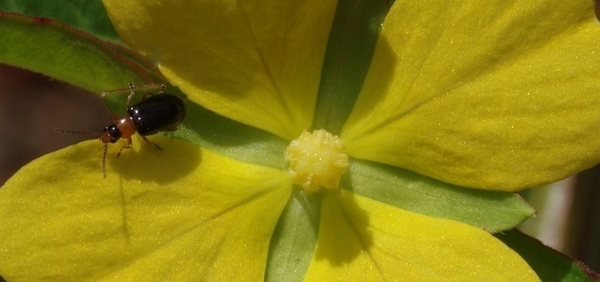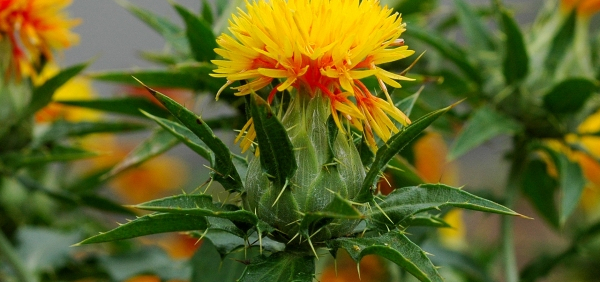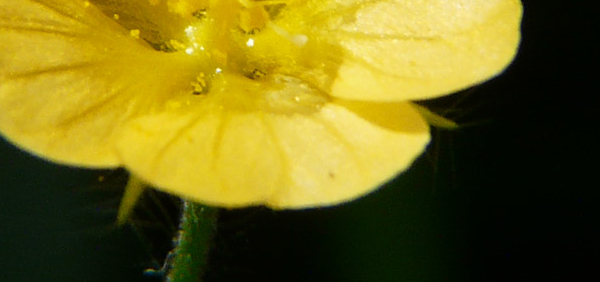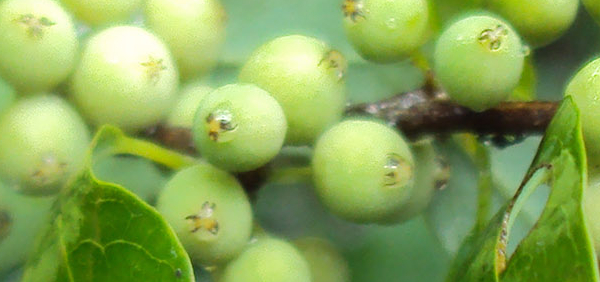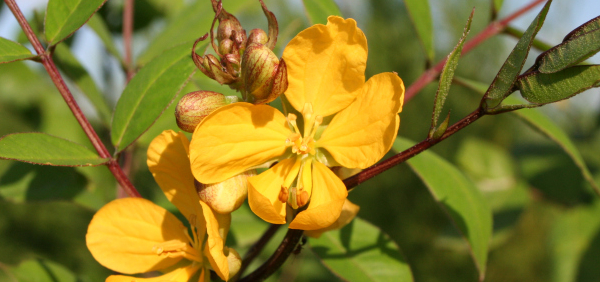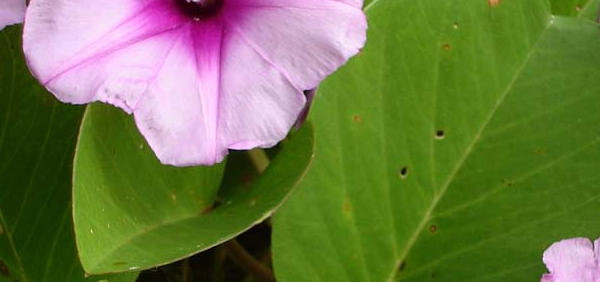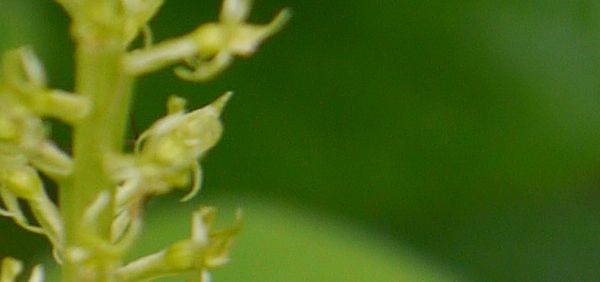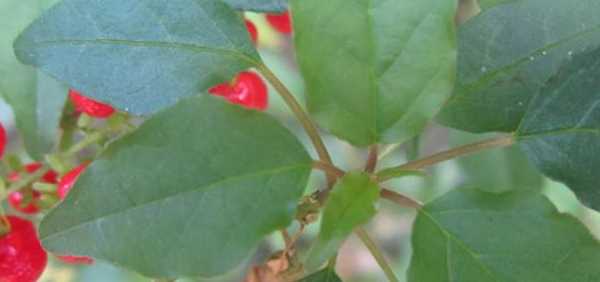hatichu :
 Cynara scolymus L. is famous for its hepatoprotective properties, also it seems to have good potency as anti-obese C. scolymus or artichoke has been used medically since the 4th century BCE. It is used alone or in combination with other medicinal plants (Gentiana lutea, Curcuma longa, Mentha piperita, Achillea millefolium, Foeniculum vulgare, Helichrysum arenarium) as coated tablet or capsule in different countries.
Cynara scolymus L. is famous for its hepatoprotective properties, also it seems to have good potency as anti-obese C. scolymus or artichoke has been used medically since the 4th century BCE. It is used alone or in combination with other medicinal plants (Gentiana lutea, Curcuma longa, Mentha piperita, Achillea millefolium, Foeniculum vulgare, Helichrysum arenarium) as coated tablet or capsule in different countries.HISTORICAL AND MYTHOLOGICAL REVIEW:
The artichoke is mentioned as a garden plant in the 8th century BC by Homer and Hesiod. The naturally occurring variant of the artichoke, the cardoon (Cynara cardunculus), which is native to the Mediterranean area, also has records of use as a food among the ancient Greeks and Romans. Pliny the Elder mentioned growing of carduus in Carthage and Cordoba. In North Africa, where it is still found in the wild state, the seeds of artichokes, probably cultivated, were found during the excavation of Roman-period Mons Claudianus in Egypt. Varieties of artichokes were cultivated in Sicily beginning in the classical period of the ancient Greeks; the Greeks calling them kaktos. In that period, the Greeks ate the leaves and flower heads, which cultivation had already improved from the wild form. The Romans called the vegetable carduus (hence the name cardoon). Further improvement in the cultivated form appears to have taken place in the medieval period in Muslim Spain and the Maghreb, although the evidence is inferential onlyTaxonomical Classification
Kingdom: Plantae - Plants
Subkingdom: Streptophyta
Superdivision: Spermatophyta - Seed plants
Division: Magnoliophyta - Flowering plants
Class: Magnoliopsida - Dicotyledons
Order: Asteraless
Family: Asteraceae
Genus: Cynara
Species: Cynara scolymus
Allied species:
Cynara cardunculus (the currently accepted taxonomic name, which also includes cardoons)VERNACULAR NAMES
Sanskrit: hatichuEnglish: globe artichoke alcachofra, alcachofera, artichaut, tyosen-azami
Hindi: Hathichoke
Urdu: فَرشوف - Farshoof
Telugu: ఆర్టిచోక్
Bengali: Hathichak
Marathi: आर्टिचोक
Gujarathi: કાંટાળી ખાદ્ય વનસ્પતિનો Kāṇṭāḷī khādya vanaspatinō
Tamil: கூனைப்பூ
Malayalam: ആർട്ടികോക്ക്
Kannada: Palle huvu
Punjabi: ਆਂਟਿਚੋਕ Āṇṭicōka
Sindhi: فنڪشنل
Arabic: الْخُرْشُوف
Spanish: alcachofa
Japanese: アーティチョーク
Chinese: Chao xian ji
French: Artichaut
German: Artischoke
Burma: အာတီးချုပ် aar tee hkyaote
Nepal: आर्टिचोक
Persian: کنگر فرنگی
Sinhalese: aliyasooriyakantha
Greek: αγκινάρα(ankinára)
Varities:
Definition
Northern Italian dialectal articiocco from Old Spanish alcarchofa from Arabic al-&hlowbrev;aršuf al- the &hlowbrev;uršūf, &hlowbrev;aršūf artichoke ( perhaps from Middle Persian xār-čōb literally, thorn-stick ) ( xār thorn ) (Sanskrit khara- rough, sharp ) ( čōb stick )Synonyms
Synonyms in Ayurveda: hatichuRasa: Kashaya Madhura
Guna: Laghu Ruksha Teeskhsna
Veerya: Ushna
Vipaka: Maduram
Karma: Kaphahara Pittahara
C. scolymus inhibits the digestive enzymes such as pancreas lipase, α-amylase, α-glucosidase, increases the bile secretion, inhibits of inflammation and ROS, improves liver function, gut microbiota, enhances lipolysis and lipid metabolism, and reduces blood glucose in preclinical and clinical studies
Cultivation:
Commercial culture is limited to warm areas in USDA hardiness zone 7 and above. It requires good soil, regular watering and feeding, and frost protection in winter. Rooted suckers can be planted each year, so mature specimens can be disposed of after a few years, as each individual plant lives only a few years. The peak season for artichoke harvesting is the spring, but they can continue to be harvested throughout the summer, with another peak period in midautumn.Propogation:
Artichokes can be produced from seeds or from vegetative means such as division, root cuttings, or micropropagation. Although technically perennials that normally produce the edible flower during only the second and subsequent years, certain varieties of artichokes can be grown from seed as annuals, producing a limited harvest at the end of the first growing season, even in regions where the plants are not normally winter-hardy. This means home gardeners in northern regions can attempt to produce a crop without the need to overwinter plants with special treatment or protection. The seed cultivar Imperial Star has been bred to produce in the first year without such measures. An even newer cultivar, Northern Star, is said to be able to overwinter in more northerly climates, and readily survives subzero temperatures.Harvesting:
When harvested, they are cut from the plant so as to leave an inch or two of stem. Artichokes possess good keeping qualities, frequently remaining quite fresh for two weeks or longer under average retail conditions.Phytochemistry:
The artichoke is popular for its pleasant bitter taste, which is attributed mostly to a plant chemical called cynarin found in the green parts of the plant. Cynarin is considered one of artichokes main biologically active chemicals. It occurs in the highest concentration in the leaves of the plant, which is why leaf extracts are most commonly employed in herbal medicine. Other documented "active" chemicals include flavonoids, sesquiterpene lactones, polyphenols and caffeoylquinic acids.PHARMACOLOGY:
Important formulationsParts used for medicinal purpose
Flower, Leaves, ,Dosage:
Antidote:
Drug Interactions: Artichoke extracts have been documented to lower blood cholesterol in human and animal studies and, as such, may potentiate the effects of cholesterol-lowering and statin drugs.Substitute:
Use artichoke (Cynara scolymus) flower extract as a substitute for bovine rennet in the manufacture of Gouda-type cheese:Commercial value:
Today, cultivation of the globe artichoke is concentrated in the countries bordering the Mediterranean basin. The main European producers are Italy, Spain, and France and the main American producers are Argentina, Peru and the United States. In the United States, California provides nearly 100% of the U.S. crop, and about 80% of that is grown in Monterey County; there, Castroville proclaims itself to be "The Artichoke Center of the World", and holds the annual Castroville Artichoke Festival. Most recently, artichokes have been grown in South Africa in a small town called Parys located along the Vaal River.Morphology:
This vegetable grows to 1.4–2 m (4.6–6.6 ft) tall, with arching, deeply lobed, silvery, glaucous-green leaves 50–82 cm (20–32 in) long. The flowers develop in a large head from an edible bud about 8–15 cm (3–6 in) diameter with numerous triangular scales; the individual florets are purple. The edible portions of the buds consist primarily of the fleshy lower portions of the involucral bracts and the base, known as the "heart"; the mass of immature florets in the center of the bud is called the "choke" or beard. These are inedible in older, larger flowers.Histology:
The mesophyll presents disorganized spongy and palisade parenchyma with large intercellular spaces and a few small chloroplasts in the leaves of plants cultured in vitro. In addition, both epidermal surfaces of such leaves invariably show a cell wall of the same thickness with a very thin cuticle and open stomata. In the root differentiation stage in vitro, structural changes take place in the leaves that are favorable for survival in the acclimatization stage: conspicuous cuticle, greater cell wall thickness, functional stomata, better mesophyll organization, developed vascular bundles, and the presence of sclerenchymatous tissue are observed.Geographical distribution:
It is now cultivated all over the world including the Mediterranean, France, Italy, and Spain.ECOLOGICAL ASPECT:
Not known in the wild. It cannot grow in the shade. It prefers moist soil. The plant can tolerates strong winds but not maritime exposure.General Use:
Therapeutic Uses:
antihepatotoxic (clears toxins in liver), antioxidant, liver and gallbladder bile stimulator, hepatoprotective (liver protector), hepatotonic (tones, balances, strengthens the liver), hypocholesterolemic (lowers cholesterol)Systemic Use:
. The leaves are anticholesterolemic, antirheumatic, cholagogue, digestive, diuretic, hypoglycaemic and lithontripic They are used internally in the treatment of chronic liver and gall bladder diseases, jaundice, hepatitis, arteriosclerosis and the early stages of late-onset diabetes. The leaves are best harvested just before the plant flowers, and can be used fresh or dried.Administration:
Traditional Preparation: Traditionally, 1 to 3 cups of a standard leaf infusion are taken daily after meals; 3-4 ml of a concentrated 4:1 liquid extract, or 3-5 g daily of dried herb in capsules, or tablets can be substituted,Pharmacological:
astringent, blood cleanser, cardiotonic (tones, balances, strengthens the heart), detoxifier, digestive stimulant, diuretic, hypotensive (lowers blood pressure), stimulant, tonic (tones, balances, strengthens)Clinical trials:
Wider B, Pittler MH, Thompson-Coon J, Ernst E (2013). "Artichoke leaf extract for treating hypercholesterolaemia". Cochrane Database (Systematic review). 3 (3): CD003335. doi:10.1002/14651858.CD003335.pub3. PMID 23543518. A 2016 update of the review was withdrawn as of low priority (Retracted, see doi:10.1002/14651858.cd003335.pub4Research:
Scaglione, Davide; Reyes-Chin-Wo, Sebastian; Acquadro, Alberto; Froenicke, Lutz; Portis, Ezio; Beitel, Christopher; Tirone, Matteo; Mauro, Rosario; Lo Monaco, Antonino; Mauromicale, Giovanni; Faccioli, Primetta; Cattivelli, Luigi; Rieseberg, Loren; Michelmore, Richard; Lanteri, Sergio (2016). "The genome sequence of the outbreeding globe artichoke constructed de novo incorporating a phase-aware low-pass sequencing strategy of F1 progeny". Scientific Reports. 6 (1): 19427. doi:10.1038/srep19427. ISSN 2045-2322. PMC 4726258. PMID 26786968Precautions:
Artichoke has been documented in traditional uses to be hypoglycemic; however, no clinical studies have been published to confirm this action. Diabetics and people with hypoglycemia should use this plant product with caution and monitor their blood sugar levels closely in anticipation of these possible effectsToxicity studies:
None reported for internal use. Dermatitis following contact with the fresh plant and leaves has been reported.Use in other system of medicine:
In Belgium, C. scolymus preparations are used for enhancing the bile secretion as cholagogue (promotes bile discharge) . In Bulgaria, coated tablets or oral solution containing C. scolymus is used for treatment of dyspepsia, enhancing the fatty acid metabolism . In France, C. scolymus is traditionally used as choleretic and cholagogue agents to enhance the functions of urinary and digestive systems . In Germany, 1 coated tablet containing 300 mg dry extract (DER 5.8-7.5:1) of C. scolymus is used 1–2 times daily to enhance the digestion. In Hungary, C. scolymus is used as cholagogue, fat metabolism enhancer, and treatment for feeling of fullness, digestive complaints, nausea, flatulence, and gallbladder diseases . In Iranian folklore, C. scolymus is used as diuretic, stomach tonic, cholagogue, and treatment of fever, liver disorders, bile stones, blood cholesterol, urticaria, asthma, and eczema. C. scolymus is traditionally used for obesity in Brazil . According to traditional believes on fat metabolism effects and anti-obesity effects of C. scolymus, it can be a good candidate for slimming herbal supplements.CONCLUSION:
The globe artichoke (Cynara cardunculus var. scolymus), also known as French artichoke and green artichoke in the USA, is a variety of a species of thistle cultivated as a food.Throughout North Africa, the Middle East, Turkey, and Armenia, a favorite filling for stuffed artichoke hearts includes ground lamb. Spices reflect the local cuisine of each country. In Lebanon, for example, the typical filling would include lamb, onion, tomato, pinenuts, raisins, parsley, dill, mint, black pepper, and allspice. A popular Turkish vegetarian variety uses only onion, carrot, green peas, and salt. Artichokes are often prepared with white sauces and other saucesPhotos of hatichu -
- Courtesy: https://www.magicgardenseeds.co.uk/pics/mgs/CYN02-BIO/1000/Globe-artichoke-(Cynara-scolymus)-organic.jpg
- Courtesy: http://plants.bauercreative.sk/cynara-cardunculus.php
- Courtesy: http://plantinfo.co.za/wp-content/uploads/2015/11/1401796403_cynara-scolymus-main.gif
- Courtesy: http://plantinfo.co.za/wp-content/uploads/2015/11/1401796403_cynara-scolymus-main.gif
- Courtesy: https://en.m.wiktionary.org/wiki/File:Cynara5.jpg
- Courtesy: http://plantinfo.co.za/wp-content/uploads/2015/11/1401796403_cynara-scolymus-main.gif
- Courtesy: https://upload.wikimedia.org/wikipedia/commons/d/d2/Artichoke-_Cinara_%2832520933575%29.jpg
- Courtesy: https://stanfordmag.org/contents/consider-the-artichoke
KEY WORDS: Cynara scolymus, hatichu
- » Classification and names of hatichu
- » Synonyms and definitions of hatichu
- » Drug Properties of hatichu
- » Chemical Constituents of hatichu
- » Standardization of hatichu
- » Parts used and Dosage of hatichu
- » Morphology and Histology of hatichu
- » Distribution and Conservation of hatichu
- » Cultivation of hatichu
- » hatichu in the market
- » Medicinal Uses of hatichu
- » Researches and clinical trails of hatichu
- » hatichu in other sytems of medicine
- » Ayurvedic formulations with hatichu
- » Images of hatichu










